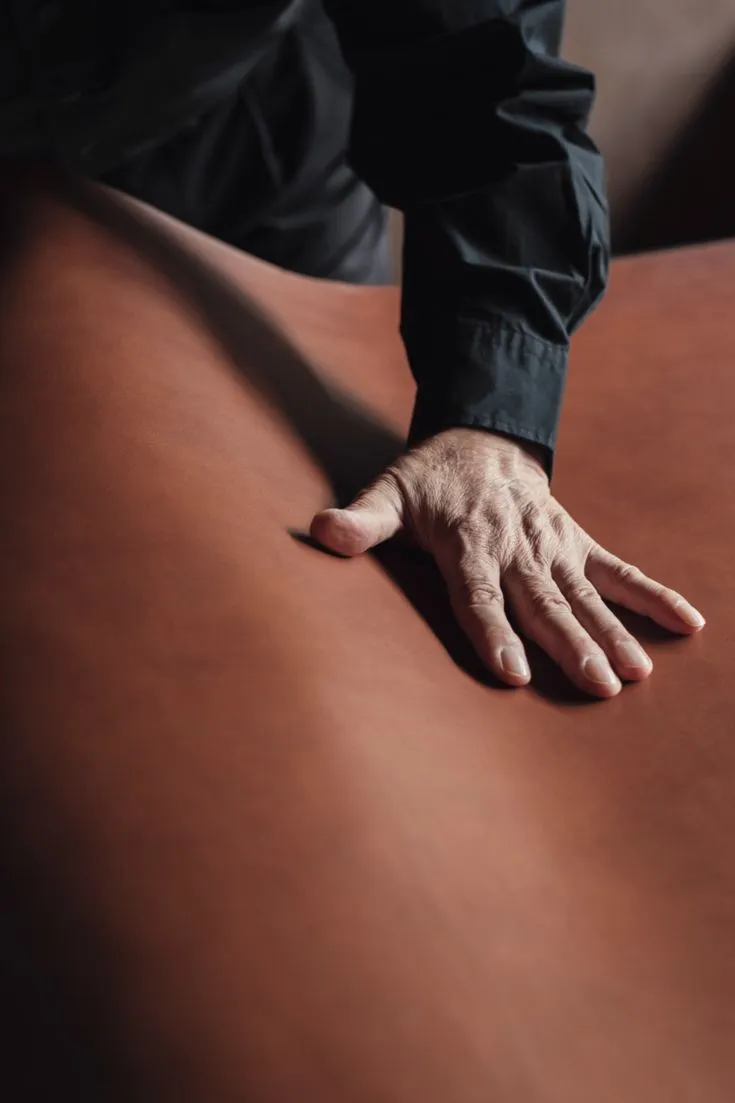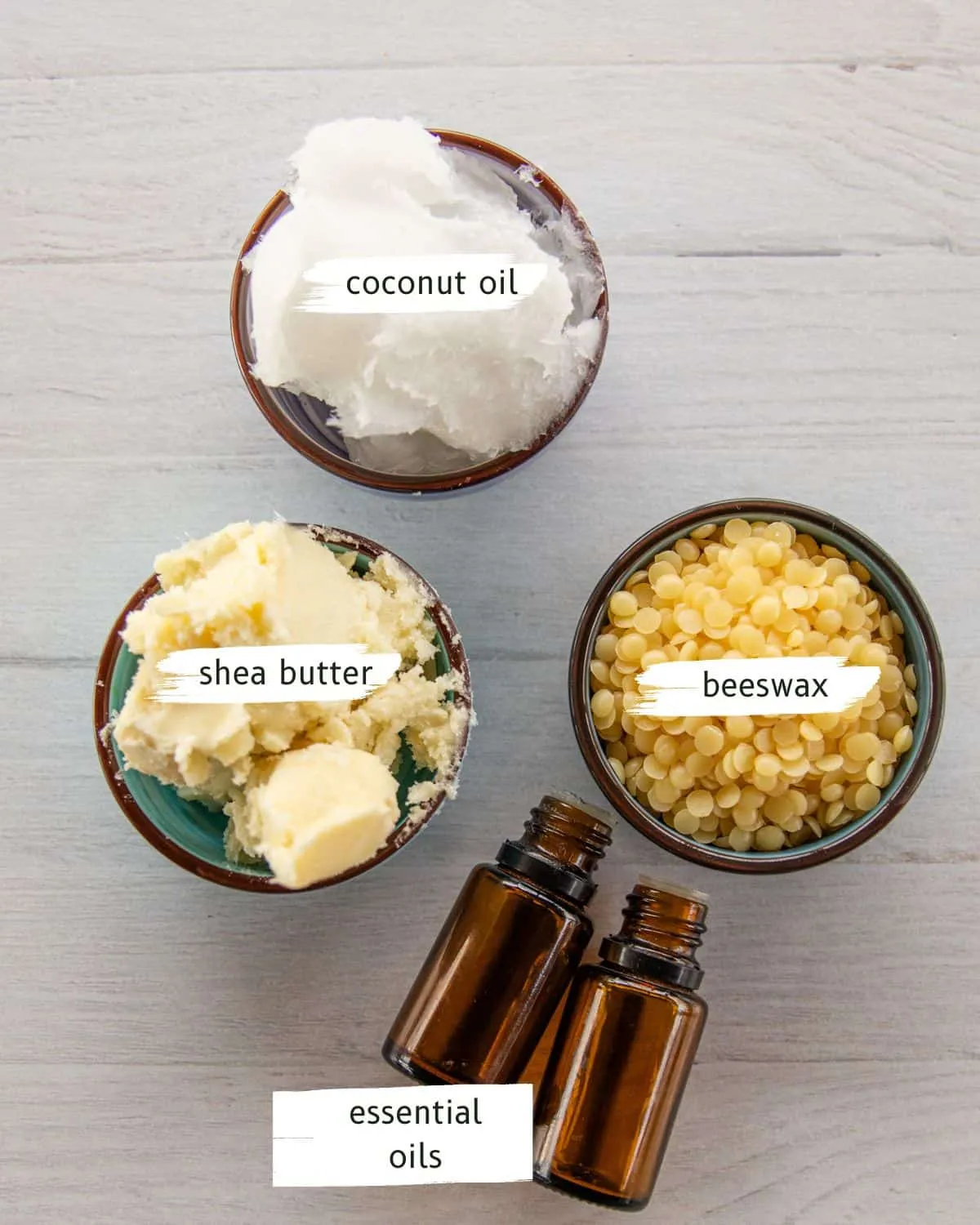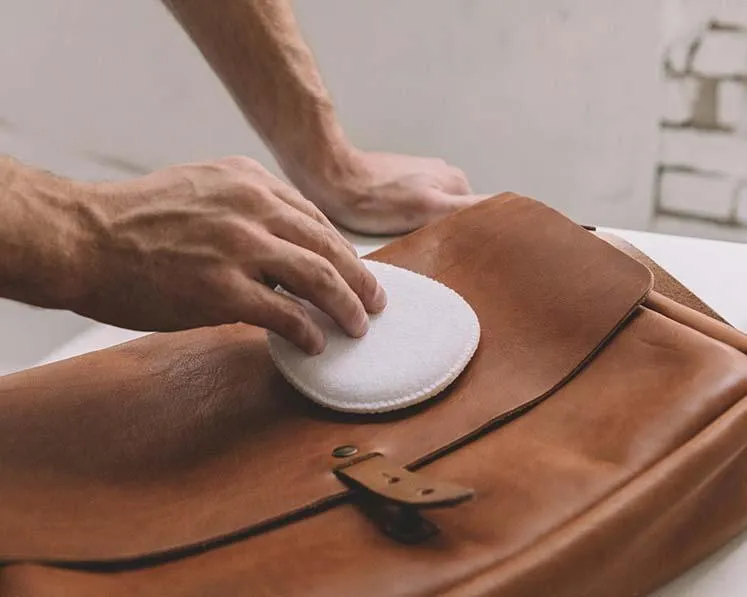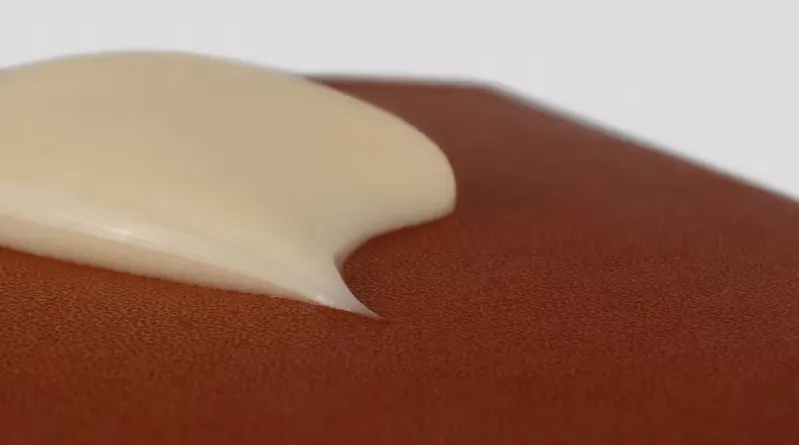Leather bags are timeless accessories, but without proper maintenance, they can dry out, crack, or fade over time. Learning how to condition leather bags naturally helps preserve the leather’s quality and extend the life of your bag—without relying on harsh chemicals. In this post, we’ll explore both DIY and professional methods, along with practical tips on how to clean leather bag surfaces and choosing the right approach for different types of leather for bags.
Using natural methods to condition leather is safer for both your health and the environment. Chemical-based products can damage leather fibers over time, especially in more delicate materials like suede or nubuck. Knowing how to condition leather bags naturally with plant-based oils and balms allows you to maintain your bag’s original texture and character while avoiding harmful substances.
Curious about how to condition leather bags naturally at home? You don’t need commercial products—simple household ingredients like coconut oil, shea butter, beeswax, and olive oil are popular in natural leather care. Start by cleaning the bag gently (we’ll explain how to clean the leather bag below). Then, using a soft cloth, apply a small amount of oil in circular motions. Let the conditioner absorb fully, then buff the surface with a clean cloth for a soft shine. Always test on a hidden area first to avoid unwanted darkening or staining.
For added protection, consider combining beeswax with a few drops of almond or jojoba oil to create a homemade leather balm that offers both nourishment and water resistance.

If your leather bag is expensive, vintage, or made from specialty materials such as lambskin or exotic hides, seeking professional care may be the best choice. Leather experts know exactly how to condition leather bags naturally using pH-balanced products tailored to each material. They can also identify and repair early signs of damage, preserving both the structure and aesthetics of your bag.
Before applying any conditioner, it's essential to understand how to clean leather bag materials correctly. Use a soft, slightly damp microfiber cloth to wipe away dust and dirt. For deeper cleaning or stains, opt for a gentle leather soap or saddle soap—never use household cleaners, which can dry or stain the surface. After cleaning, let the bag air dry completely away from sunlight or direct heat.
Knowing how to clean leather bag properly ensures your conditioner can be absorbed effectively and prevents long-term damage caused by dirt buildup or moisture.

Not all leather is created equal, and understanding the types of leather for bags is essential to applying the correct care. Full-grain leather responds well to rich, natural conditioners and develops a beautiful patina over time. Top-grain leather is more durable and can handle more frequent conditioning. However, suede and nubuck require dry care methods and should not be treated with oils. Patent leather needs only occasional polishing with a damp cloth to maintain its glossy finish.
The better you understand the types of leather for bags, the more confidently you can select the right treatment method—ensuring your bag’s longevity and appearance.

A good rule of thumb for those learning how to condition leather bags naturally is to apply conditioner every 3 to 6 months, depending on usage and climate. In dry climates, more frequent conditioning can help prevent cracking. In humid regions, monitor your bag for mold or mildew and avoid over-conditioning, which can lead to stickiness or dullness. Always check for dryness, stiffness, or fading as signs that your bag needs care.